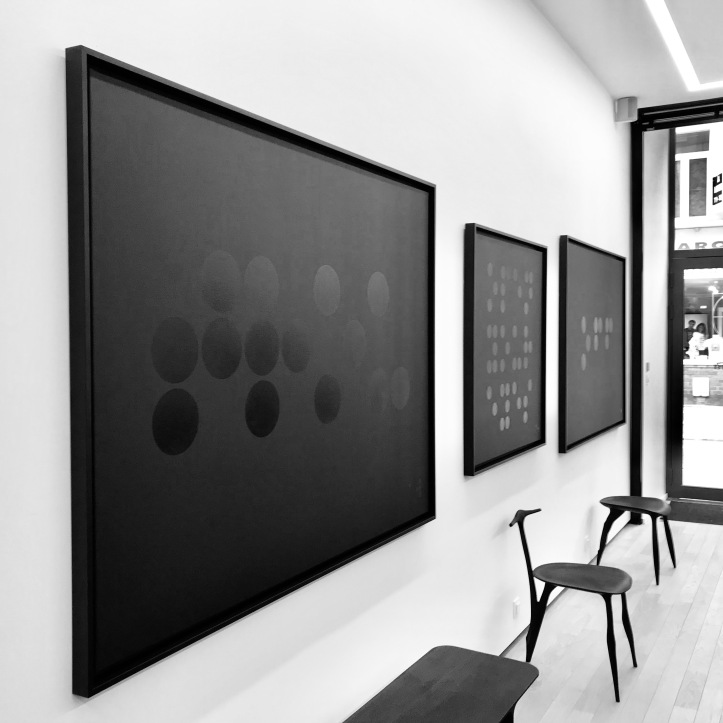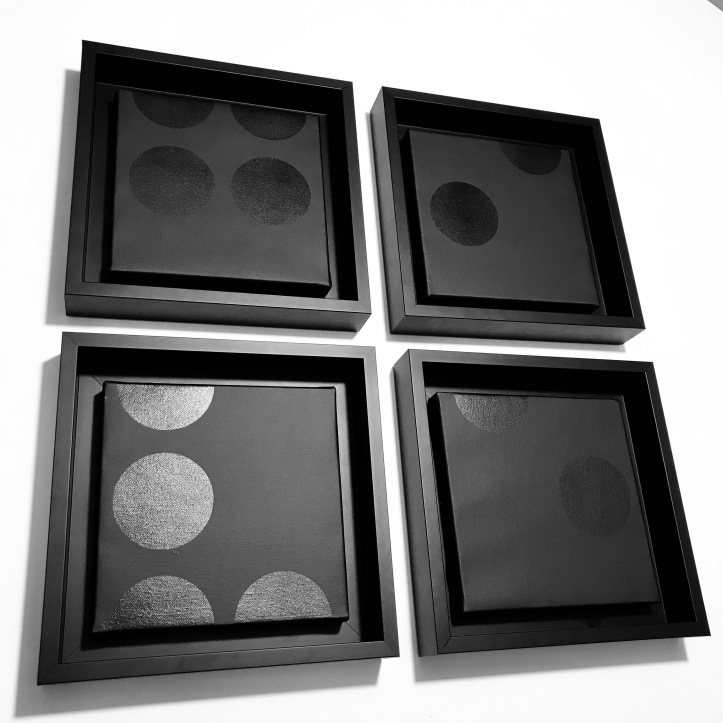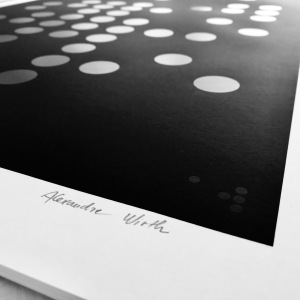Color Psychology – Blue
Color psychology suggests our mood can be impacted by different colors, each supposedly having a unique effect based on an individual’s personal experiences and culture.
Scroll down to enjoy a collection of beautiful work created by different artists on Strathmore papers; each featuring different shades of the color blue.
PSYCHOLOGY OF THE COLOR BLUE:
The color blue is universally favored by people everywhere. Each shade of blue can carry a different meaning and evoke a different type of reaction. Common associations with the color blue include:
- Calmness and Serenity:
Blue is often found in nature such as a calm sea and clear sky, creating a sense of peace. It can help slow the heart rate and breathing, making it a great color to surround yourself with for meditation and relaxation. Some airports have even started incorporating blue lighting and imagery in their terminals to help promote a sense of calm prior to flying. Art by @doughtycreartive – Colored Pencil on Strathmore 300 Series Bristol Paper
Art by @doughtycreartive – Colored Pencil on Strathmore 300 Series Bristol Paper - Dependability and Loyalty:
Businesses often incorporate the color blue into their branding and campaigns because of the sense of trust it makes people feel. Blue is also often used in the suits of Superhereos (along with red to portray power). Artwork by @teganleighdraws – Marker and colored pencil on Strathmore 300 Series Mixed Media paper
Artwork by @teganleighdraws – Marker and colored pencil on Strathmore 300 Series Mixed Media paper - Intelligence and Productivity:
Research shows people are more productive in blue rooms, and certain shades of blue can improve concentration, stimulate thinking and provide clarity.
- Sadness:
Blue is commonly used to describe feelings of sadness. Elvis will be having a blue Christmas without you. A great example in art is Picasso’s Blue Period where he created very somber monochromatic paintings in shades of blue. During the Blue Period, which was supposedly influenced by a close friends suicide, he often depicted prostitutes, beggars, drunks. The Old Guitarist by Pablo Picasso
The Old Guitarist by Pablo Picasso - Unappetizing
When it comes to food, the color blue is rarely found naturally. Human instinct tells us to avoid poisonous food, and blue coloring in food can be a sign of spoilage or poison. Some weight loss plans even go so far as to recommend eating meals off of blue plates to suppress the appetite.
How do you feel when you see the color blue?
Take a look at these beautiful pieces created by different artists on Strathmore papers; each featuring different shades of the color blue.
 Artwork by @fuyuch7 – Colored Pencils on Strathmore 400 Series Toned Tan Sketchpad
Artwork by @fuyuch7 – Colored Pencils on Strathmore 400 Series Toned Tan Sketchpad
 Artwork by @daragh.obrien.art – Colored Pencils on Strathmore 400 Series Toned Gray Paper
Artwork by @daragh.obrien.art – Colored Pencils on Strathmore 400 Series Toned Gray Paper
 Artwork by @gracelu.draws – Colored Pencil on Strathmore 400 Series Toned Tan Sketchpad
Artwork by @gracelu.draws – Colored Pencil on Strathmore 400 Series Toned Tan Sketchpad
 Artwork by @angelastaehling – Gouache on Strathmore Hardbound Watercolor Art Journal, 8.5″x5.5″
Artwork by @angelastaehling – Gouache on Strathmore Hardbound Watercolor Art Journal, 8.5″x5.5″
 Artwork by @lenokdih – Soft pastel on Strathmore 400 Series Toned Gray paper
Artwork by @lenokdih – Soft pastel on Strathmore 400 Series Toned Gray paper Artwork by @priscillageorgeart – Watercolor, gold leaf and metallic paint on Strathmore Watercolor paper.
Artwork by @priscillageorgeart – Watercolor, gold leaf and metallic paint on Strathmore Watercolor paper.

 The French painter
The French painter  What was your artistic path?
What was your artistic path? What is your goal with this series?
What is your goal with this series? Have you shared your work with visually impaired persons? Is it possible for them to read your paintings?
Have you shared your work with visually impaired persons? Is it possible for them to read your paintings?